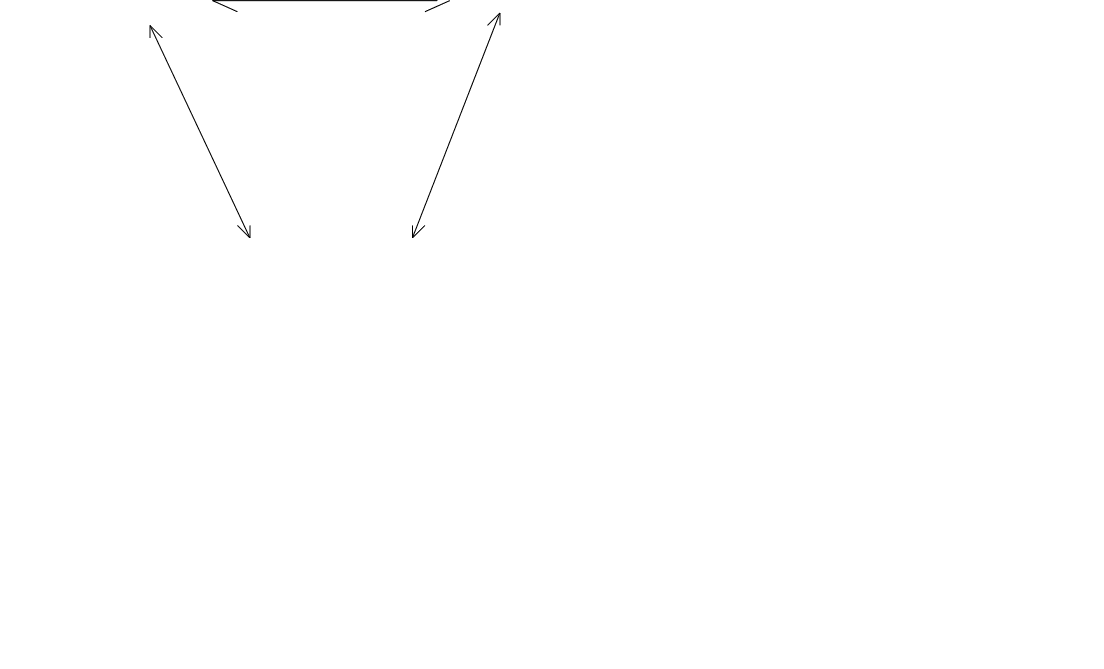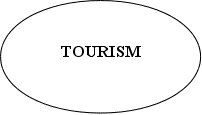Влияние туризма на экономику и социально-культурную сферу
local people want to behold their identity, their traditional way of work. Here are some opinions (www.nhh.no/geo/prosjekt):“I am a fisherman and I don’t wish to become any guide or anything like that”, “I am a fisherman, and I appreciate the freedom this way of life means.” Tourists seek some exotic experiences when they come to Lofoten; the fishermen get perplexed and confused thinking about it. “There is so much blood and fishing wastes here that tourists can’t bear. Ladies in fine clothes come here and watch how we cut the head of the fish. They think we are some barbarians!” These are cultural conflicts that can be observed on Lofoten. Though some people insist there are no conflicts. They mean the tourism industry uses resources that the fishermen don’t get use of. Tourism employs mostly women when fishery involves men.
Non-authentic forms of the local cultural monuments can be found here as well. On the one side tourism helps to preserve old rorbuer. On the other side they become modernised inside, furnished with modern furniture, supplied with electricity, water, TV etc. Thus they lose their authenticity.
In spite of all the negative changes in the local communities tourism has positive social and cultural impact as well. Changes are inevitable; it is a very complicated matter to preserve things as they used to be. In Lofoten tourists help to preserve the harbours, rorbuer, old boats. If not tourism the coastal landscape could include only modern buildings and boats. Many museums have been opened showing the local traditions of fishing. Growing interest in this culture makes the local people proud of their way of life.
If we take ecological impacts of tourism in the Lofoten region, we should bare in mind that the fishing industry is no 100 percent environmentally friendly either. So it is a question which industry brings more negative effects to the environment. Tourists coming to Lofoten are not satisfied with just enjoying the nature; there are many visitors who want to fish as well. The difference is maybe that tourists stay in the region for short periods and their welfare does not depend on the amount of fish they catch. They fish for pleasure and often let the fish go. Still, as I have mentioned above there are no regulations or fishing quotes for tourists and if masstourism will develop on the Lofoten Islands it will become a threaten to the fish.
From ecological point of view tourism is often more acceptable and preferable than traditional production, as it is environmentally friendlier. The problem is that it is not easy to change traditional way of life of the local communities. It often creates pseudo conflicts.
4. Conclusion.
We have shown that the impact of tourism on local communities can be both positive and negative, whether it comes to economic, social or environmental effects. All depends on to which extent tourism is developed in a particular region. Every region has its bearing capacity, that is to say the limit of the outcoming influence that does not harm the host community. If we overcome that limit negative impacts of tourism will follow.
Here is a figure which shows the dynamics between people, resources and tourism in successful tourism: each makes positive contribution to the others.
Fig.2 The ecotourism paradigm. Source: Page and Dowling (2002:27)


Integrated sustainable resource use

 Environmental
advocacy
Environmental
advocacy

Economic Education;
Benefits;
Inter-cultural
Values;
appreciation revenues for
 protection
protection
All the three elements in this model are in co-interaction. Local communities use the natural resources but they also protect them. Tourists come to enjoy the nature and get knowledge about it, but they also can pollute and destroy it, or on the other side help to protect it by drawing attention to unique natural resources in the area. Local communities affect tourists by giving them knowledge of their culture and way of life. Tourists’ impact on the local populations can be economic (giving incomes, using resources etc) and sociocultural (e.g.changing traditions) When developing a new tourist destination we should always bare in mind this co-interaction.
In any case local communities should be empowered to say”no” to undesirable tourism. In order to decrease negative effects on local societies we can check the following moments when arranging tourism activity in a region or taking part in it: (Fennell,1999(from lecture notes))
Are local people involved in tourism industry as employees?
Does the organisation cooperate with the local businesses?
Is it respectful attitude to the local culture?
Is there respect to the nature and how is it protected?
How much economic benefit the local population get from tourism?
Are tour operators concerned about ecological hotels, transport, restaurants?
We can see it is a great challenge to make profitable business running tourism in an area without affecting negatively the local communities. It is possible for tourism industry to co-operate with other industries and bring benefits to both the tourism organisations and local businesses. The first step to achieve it is to understand needs and desires of both the host community and the tourists.
1 Rorbu (Norwegian) – fisherman’s shack
